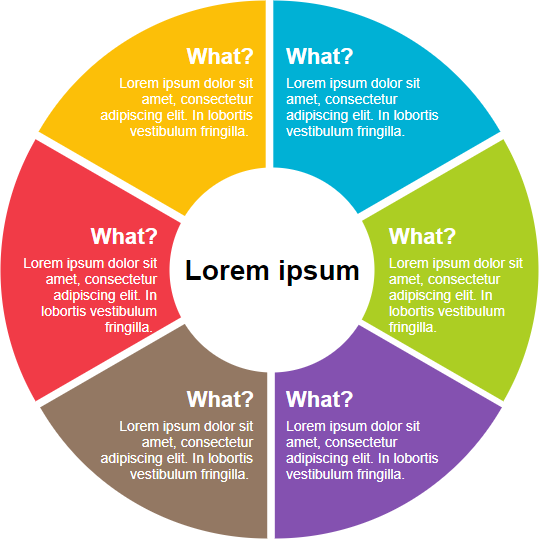The 5W1H analysis is a powerful tool used across various domains, from business management to personal development. Originating from the “5W analysis” introduced by American political scientist Harold Lasswell, this method has become essential for effective problem-solving and decision-making in enterprises.
What is 5W1H?

The term 5W1H stands for:
- What (Problem)
- Why (Reasons)
- Where (Place)
- When (Time)
- Who (Personnel)
- How (Method)
This framework helps individuals and teams dissect complex issues, enabling a deeper understanding of the situation at
hand and facilitating informed decision-making.
Application in Enterprise Production
In the context of enterprise production, the 5W1H analysis can guide managers and teams in optimizing processes and enhancing productivity. Here’s how each component plays a critical role:
1. Problem (What)
Understanding the product being produced is fundamental. Questions to consider include:
- What products does the company produce?
- What spare parts are manufactured in the workshop?
- Why make this product?
- Can you produce anything else?
This stage encourages a thorough evaluation of current offerings and the potential for diversification.
2. Where (Place)
The location of production can significantly impact efficiency and costs. Key inquiries include:
- Where is production done?
- Why is this location chosen?
- Can you change places?
These questions help assess the suitability of the production environment and explore alternatives if necessary.
3. Time (When)
Timing can affect production cycles and market responsiveness. Important considerations include:
- When did the processor component produce?
- Why was this timing selected?
- Can processes be adjusted to other times?
Understanding time management in production can lead to improved workflow and reduced delays.
4. Person (Who)
Identifying the right personnel is crucial for success. Consider:
- Who is responsible for this task?
- Why is this person assigned?
- Can changing individuals yield better results?
This analysis can help in evaluating team dynamics and ensuring the right skills are applied to the right tasks.
5. Reason (Why)
Delving into the reasons behind decisions is essential for clarity. Questions to explore include:
- Why use this technical parameter?
- Why can’t there be changes?
- Why is this method preferred?
Understanding the rationale behind choices can unveil potential areas for improvement and innovation.
6. Method (How)
The methodology employed in production processes can dictate efficiency. Key questions include:
- How do we do it?
- Why use this method?
- Is there an alternative approach?
Exploring different methods can lead to enhanced productivity and reduced costs.
Personal Development Examples
Example 1: Career Advancement
When considering a career move, applying the 5W1H can clarify your path:
- What skills do you need to develop?
- Why do you want to advance?
- Where can you find opportunities?
- When should you take action?
- Who can mentor you?
- How will you achieve your goals?
Example 2: Learning a New Skill
For personal growth through learning, the 5W1H framework can guide your approach:
- What skill do you want to learn?
- Why is it important for you?
- Where will you learn it?
- When will you dedicate time?
- Who can support you in this journey?
- How will you practice and apply this skill?
Conclusion
The 5W1H analysis is an invaluable method for dissecting complex issues in both business and personal contexts. By systematically addressing the components of what, why, where, when, who, and how, individuals and organizations can clarify their understanding, drive informed decision-making, and foster continuous improvement. Whether in production management or personal development, this analytical framework paves the way for effective problem-solving and strategic planning.